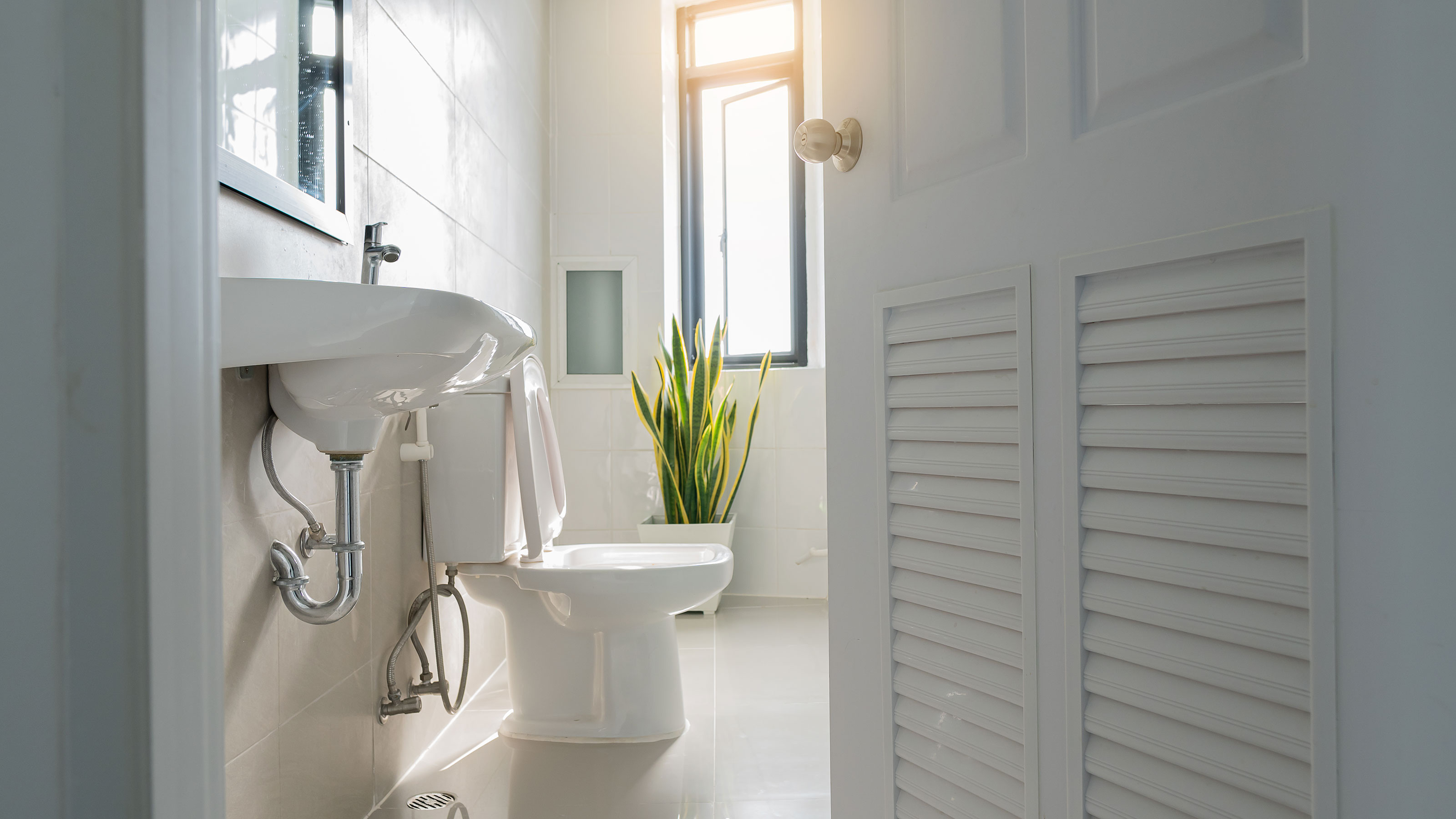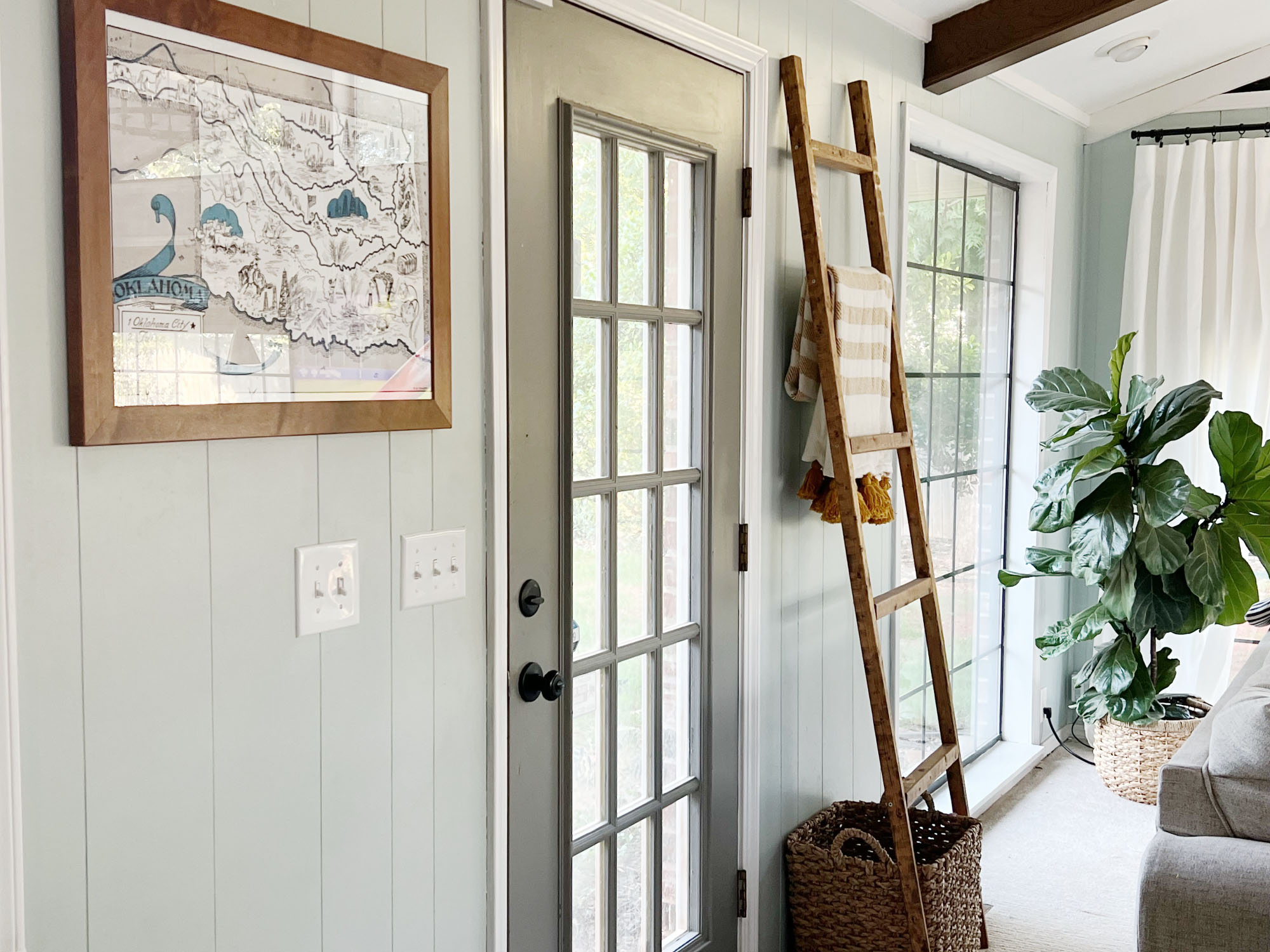

Want to find out how to fix a running toilet? The good news is that this is a job you can tackle yourself especially if you’ve dealt with plumbing problems in your home before.
Just as when you're unclogging a toilet, a running toilet is an issue that you’ll want to deal with urgently since it’s a waste of a precious resource and, it’s going to make your water bill higher. The sound of the water running can be super annoying, too.
We’ve put together a step-by-step guide to how to fix a running toilet so you can deal with the problem, and we’ve asked the experts to contribute their advice, too, so you can sort it out quickly and effectively.
How to fix a running toilet
Working through the possible issues in order should help you fix a running toilet quickly.
But the crux of the matter? ‘A running toilet simply means that water is either constantly flowing into the toilet or that water is flowing out,’ says industrial maintenance professional Jake Brandon, founder of JBBrandon.
1. Check the overflow tube
Take a look in the toilet tank first to try and figure out where the flowing water is coming from. Start by removing the lid. A word of warning: ‘Don’t rest it on the toilet seat, because if it falls, it will break,’ says Jake Romano, project manager at John The Plumber.
See if the water is running into the overflow tube, which is the open tube in the tank. This tube prevents flooding because it drains water away before the tank can overflow. If the water is running into the overflow, the water level may need to be lowered.
2. Lower the float
If the problem seems to be the water level, you can lower the float. When the water comes into the toilet tank through the fill valve tube, the float rises. When it gets to the set level, the fill valve stops any more water entering the tank.
The float might be a rod design which runs from the fill valve to a float ball, or a float cup, which is a cylinder around the fill valve, which moves up and down with the water level.
Locate the screw and using a screwdriver or pliers turn it around a quarter turn counterclockwise to lower the float height and prevent water going into the overflow tube.
If this fixed your toilet, great news. If not? ‘Could be what we call a ”phantom flush”,’ says Timothy Federico of All American Plumbing. ‘That’s when the flapper or flapper seat gets worn or damaged, and the tank slowly leaks into the bowl.’ Move on to the next step to check.
3. Check the chain and flapper
Another bit of essential knowhow with common toilet problems comes down to what the flapper does.
The flapper is a seal at the base of the flush valve in the bottom of the toilet tank. It stops the water in the tank going into the toilet bowl until the toilet’s flushed, and a chain pulls it open to allow the water to fill the bowl.
Before you can take a look at the flapper you will need to drain a toilet properly. Turn off the water to the toilet and empty the tank and bowl.
Check the chain first as it might be pulling up so water runs into the bowl, or getting caught in the valve, stopping it from sealing.
Now look into the tank at the flapper. ‘If there are any tears or it’s cracked or busted in some way, that’s your issue. Get it replaced,’ says Timothy Federico.
If you plan to do this yourself, be aware that flappers come in different sizes. ‘Remove the damaged one and take it with you to your plumbing supply store,’ advises Brien Borden, owner of Handyman Connection of Winter Park. ‘New ones can be larger; they are not one size fits all.’
When the new flapper is fitted, turn the water back on and test the toilet.
However, the problem might be buildup of minerals on the flapper, in which case you can clean it by soaking it in a vinegar solution for half an hour then cleaning off the buildup with an old toothbrush.
Note that it could be the entire flush valve of which the flapper and chain are a part that needs to be replaced. It is possible to do this on a DIY basis, but you might prefer to call in a pro.
4. Deal with a faulty fill valve
If you’ve followed the steps above and these weren’t the cause of your problem, it could be a fill valve issue that's the cause.
A tube attached to the fill valve brings water to the toilet tank and the valve controls the water flow so the tank fills until the float reaches the set level. However, if it’s faulty, the water can keep running. The water goes into the overflow tube, and you’ll hear it.
If the fill valve needs replacement and you want to do the job yourself, turn off the water and get savvy about how to drain a toilet. Next? ‘Remove the old fill valve, prepare the new fill valve, and install the new fill valve and connect to the water supply,’ explains Jake Romano.
Bear in mind that a fill valve that isn’t working could also mean the tank isn’t filling at all, in which case it’s important to be aware of how to fix a toilet that won’t flush.
What causes a toilet to run on its own?
If a toilet is running on its own, there are some frequent reasons. ‘A running toilet is usually caused by either faulty hardware in the tank or hardware that needs to be adjusted,’ says Jake Romano.
‘A very common problem is that the fill valve is adjusted in such a way that the water reaches the overflow tube without the fill valve closing. A simple adjustment can save you from replacing the hardware.
‘Other than that, a faulty flapper or fill valve is likely the cause of a leak. Otherwise, you may have a crack in the toilet tank and need to replace the unit.’
Join our newsletter
Get small space home decor ideas, celeb inspiration, DIY tips and more, straight to your inbox!

Sarah is a freelance journalist and editor writing for websites, national newspapers, and magazines. She’s spent most of her journalistic career specialising in homes – long enough to see fridges become smart, decorating fashions embrace both minimalism and maximalism, and interiors that blur the indoor/outdoor link become a must-have. She loves testing the latest home appliances, revealing the trends in furnishings and fittings for every room, and investigating the benefits, costs and practicalities of home improvement. It's no big surprise that she likes to put what she writes about into practice, and is a serial house revamper. For Realhomes.com, Sarah reviews coffee machines and vacuum cleaners, taking them through their paces at home to give us an honest, real life review and comparison of every model.
-
 A $200 fluted panel transformed my drab kitchen in just one weekend
A $200 fluted panel transformed my drab kitchen in just one weekendHow to install a fluted kitchen panel: A speedy and achievable DIY tutorial even for DIY novices
By Claire Douglas
-
 How to replace a broken staircase spindle in 30 minutes flat
How to replace a broken staircase spindle in 30 minutes flatA missing or broken spindle on a staircase is not only unsightly, but it can be a real hazard. This is how to fix it in a few quick steps.
By Kate Sandhu
-
 An IKEA Billy bookcase hack inspired this cute media wall DIY
An IKEA Billy bookcase hack inspired this cute media wall DIYThis cute DIY was inspired by an IKEA Billy bookcase hack and brought a ton of symmetry to an otherwise basic media wall space.
By Camille Dubuis-Welch
-
 Share your small space glow up to win $150 in the Real Homes competition
Share your small space glow up to win $150 in the Real Homes competitionShow off your creativity and DIY skills to win $150 and for the chance to be featured exclusively in Real Homes magazine
By Camille Dubuis-Welch
-
 This oversized headboard looks designer, and takes 5 steps to DIY
This oversized headboard looks designer, and takes 5 steps to DIYSuper simple to DIY, this oversized headboard will give your bedroom space all the designer vibes you could dream of.
By Claire Douglas
-
 My DIY range hood and backsplash build gave my kitchen the perfect farmhouse finish
My DIY range hood and backsplash build gave my kitchen the perfect farmhouse finishI craved charm in my kitchen space and adding a custom range hood and shelving was the best move.
By Brooke Waite
-
 How to paint a radiator in 7 steps
How to paint a radiator in 7 stepsPainting radiators properly is all about choosing the right paint and the best process. Get interior designer-worthy results with our how-to.
By Kate Sandhu
-
 How to install a door knob
How to install a door knobUpdating your interior and exterior doors can be as easy as changing out the hardware! The best part is that installing a door knob is very DIY friendly. Follow these simple steps and enjoy a fresh look on your doors!
By Dori Turner